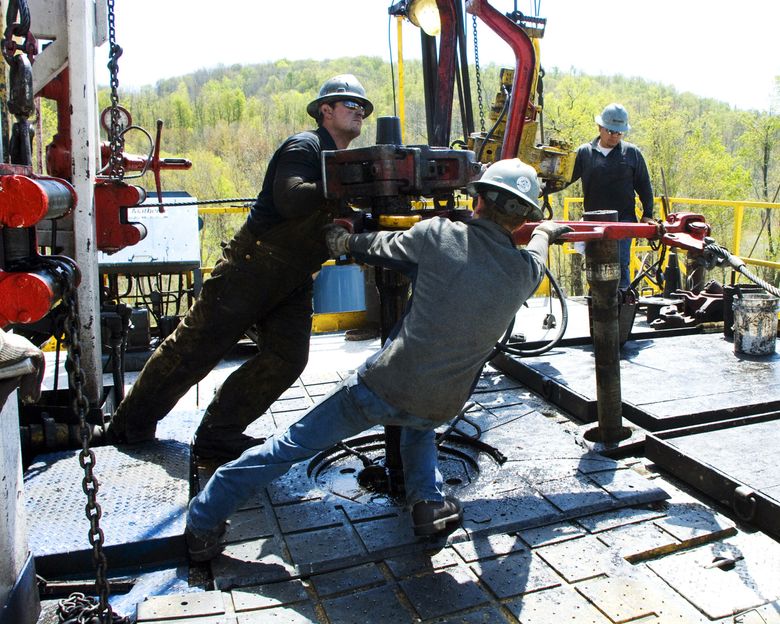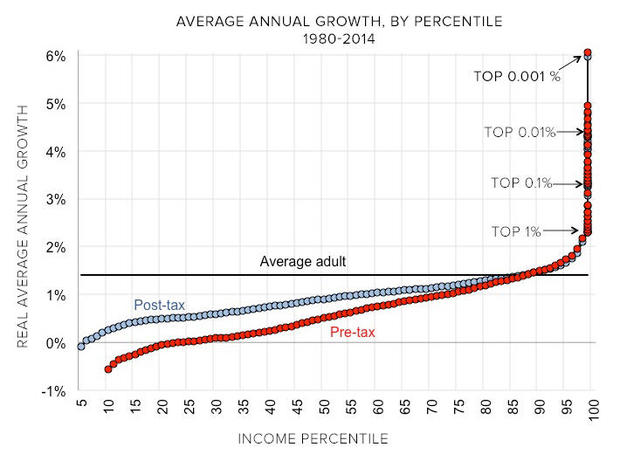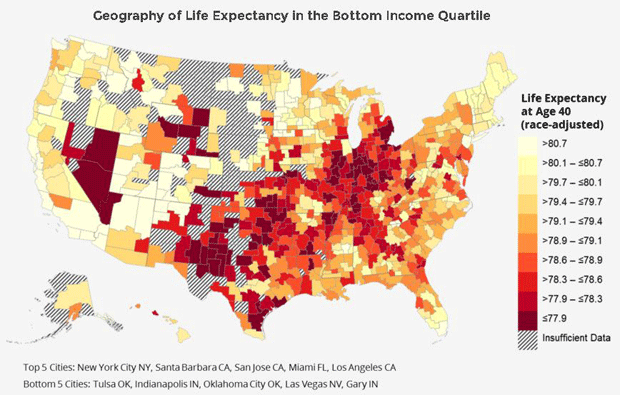Washington Post Analysis Monkey Cage
In a new poll, half of Republicans say they would support postponing the 2020 election if Trump proposed it
By Ariel Malka and Yphtach Lelkes August 10, 2017
Critics of President Trump have repeatedly warned of his potential to undermine American democracy. Among the concerns are his repeated assertions that he would have won the popular vote had 3 to 5 million “illegals” not voted in the 2016 election, a claim echoed by the head of a White House advisory committee on voter fraud.
Claims of large-scale voter fraud are not true, but that has not stopped a substantial number of Republicans from believing them. But how far would Republicans be willing to follow the president to stop what they perceive as rampant fraud? Our recent survey suggests that the answer is quite far: About half of Republicans say they would support postponing the 2020 presidential election until the country can fix this problem.
[Here’s a voter fraud myth: Richard Daley ‘stole’ Illinois for John F. Kennedy in the 1960 election]
Here’s how we did our research:
The survey interviewed a sample of 1,325 Americans from June 5 through 20. Respondents were recruited from the Qualtrics online panel who had previously reported identifying with or leaning toward one of the two major parties. We focus on the 650 respondents who identify with or lean toward the Republican Party. The sample has been weighted to match the population in terms of sex, age, race and education.
After a series of initial questions, respondents were asked whether Trump won the popular vote, whether millions of illegal immigrants voted, and how often voter fraud occurs. These questions evoke arguments frequently made by Trump and others about the integrity of the 2016 election.
Then the survey asked two questions about postponing the 2020 election.
- If Donald Trump were to say that the 2020 presidential election should be postponed until the country can make sure that only eligible American citizens can vote, would you support or oppose postponing the election?
- What if both Donald Trump and Republicans in Congress were to say that the 2020 presidential election should be postponed until the country can make sure that only eligible American citizens can vote? Would you support or oppose postponing the election?

An American flag is refracted in raindrops on a window on July 4, in Merriam, Kan. (Charlie Riedel/AP)
Roughly half of Republicans believe Trump won the popular vote — and would support postponing the 2020 election.
Nearly half of Republicans (47 percent) believe that Trump won the popular vote, which is similar to this finding. Larger fractions believe that millions of illegal immigrants voted (68 percent) and that voter fraud happens somewhat or very often (73 percent). Again, this is similar to previous polls.
Moreover, 52 percent said that they would support postponing the 2020 election, and 56 percent said they would do so if both Trump and Republicans in Congress were behind this.
Not surprisingly, beliefs about the 2016 election and voter fraud were correlated with support for postponement. People who believed that Trump won the popular vote, that there were millions of illegal votes in 2016, or that voter fraud is not rare were more likely to support postponing the election. This support was also more prevalent among Republicans who were younger, were less educated, had less factual knowledge of politics and strongly identified with the party.
Of course this is still hypothetical.
Of course, our survey is only measuring reactions to a hypothetical situation. Were Trump to seriously propose postponing the election, there would be a torrent of opposition, which would most likely include prominent Republicans. Financial markets would presumably react negatively to the potential for political instability. And this is to say nothing of the various legal and constitutional complications that would immediately become clear. Citizens would almost certainly form their opinions amid such tumult, which does not at all resemble the context in which our survey was conducted.
Nevertheless, we do not believe that these findings can be dismissed out of hand. At a minimum, they show that a substantial number of Republicans are amenable to violations of democratic norms that are more flagrant than what is typically proposed (or studied). And although the ensuing chaos could turn more Republicans against this kind of proposal, it is also conceivable that a high-stakes and polarized debate would do the exact opposite.
Postponing the 2020 presidential election is not something that Trump or anyone in his administration has even hinted at, but for many in his constituency floating such an idea may not be a step too far.
Ariel Malka is an associate professor of psychology at Yeshiva University.
Yphtach Lelkes is an assistant professor in the Annenberg School for Communication at the University of Pennsylvania.


 Workers move a well casing at a Chesapeake Energy natural gas well site near Burlington, Pa. (Ralph Wilson / The Associated Press)
Workers move a well casing at a Chesapeake Energy natural gas well site near Burlington, Pa. (Ralph Wilson / The Associated Press)
 Thomas Piketty, Emmanuel Saez, Gabriel Zucman
Thomas Piketty, Emmanuel Saez, Gabriel Zucman Health Inequality Project
Health Inequality Project


 The coal-burning Plant Scherer in Juliette, Ga., is one of the top emitters of carbon dioxide in the United States. A draft report by government scientists concludes that Americans are feeling the effects of climate change right now. Credit Branden Camp/Associated Press
The coal-burning Plant Scherer in Juliette, Ga., is one of the top emitters of carbon dioxide in the United States. A draft report by government scientists concludes that Americans are feeling the effects of climate change right now. Credit Branden Camp/Associated Press